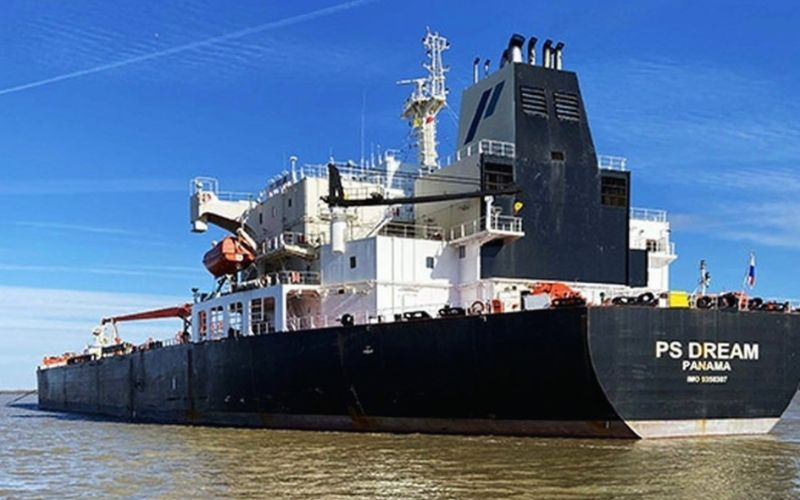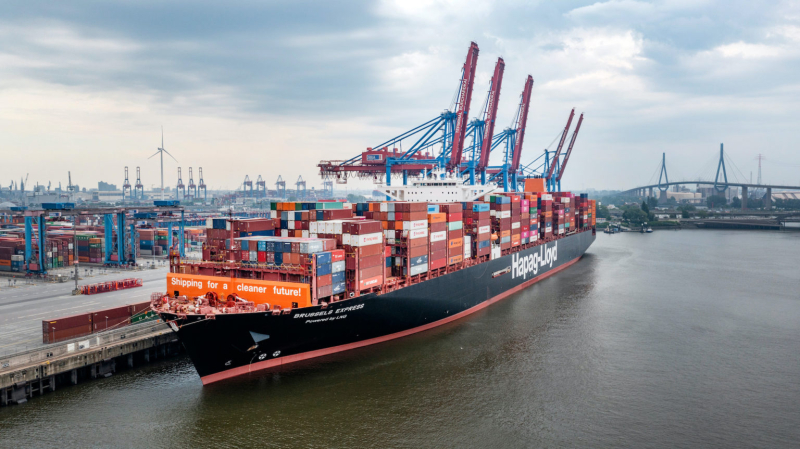
Contrary to popular belief, oil prices aren’t determined by any one country, company, or cartel. Instead, they’re the product of a global tug-of-war among producers, traders, and policymakers. It’s a market defined not just by physics, but by psychology, where the actions of a few key players can ripple across the world in a matter of hours.
On November 2nd, OPEC+ announced a modest 137,000 barrel-per-day production increase for December, followed by a pause on further increases in the first quarter of 2026. The move surprised many analysts who expected continued restraint. On the surface, boosting supply when prices are already under pressure seems counterintuitive. But this is not a move driven by near-term pricing. It’s a move about market share and about power.
As Morningstar aptly summarized, “defending market share now outweighs defending prices.” That’s a telling statement, and it signals a familiar shift in strategy among major producers. We’ve seen this playbook before—in 2014 and again in 2020—when Saudi Arabia and Russia opened the taps to undercut higher-cost rivals, particularly U.S. shale producers.
Those episodes triggered sharp price declines, but OPEC+ was trying to reassert dominance in a market that had become increasingly influenced by American production growth. The strategy largely failed in 2014 (see OPEC’s Trillion Dollar Miscalculation), but it did squeeze out some overleveraged shale producers.
The Strategic Logic Behind a Price War
At first glance, it seems self-defeating for OPEC+ to intentionally push prices lower. But history shows that short-term pain can yield long-term control. By tolerating lower prices for a period, OPEC+ can squeeze out marginal producers whose break-even costs are higher. Once those players scale back, the cartel can tighten supply again and reclaim pricing power.
This latest production increase comes at a time when U.S. output is at record levels, surpassing 13.7 million barrels per day. That resurgence reflects the flexibility of American shale—producers can ramp up quickly when prices rise and idle rigs just as fast when prices drop. This “elastic” supply has turned the United States into the de facto swing producer of the world.
However, that elasticity comes at a cost. Unlike OPEC+, which can coordinate cuts through collective agreements, U.S. producers act independently. When dozens of companies all respond to higher prices by drilling more wells, the collective impact is oversupply. The very efficiency that makes shale powerful also makes it self-defeating.
OPEC+ understands this dynamic. By modestly boosting output now, it’s signaling to the market that it won’t easily cede share to U.S. producers, even if that means tolerating prices closer to $75 per barrel rather than the $90 level that many members would prefer.
Beyond Barrels: The Psychology of Pricing
Physical barrels of oil aren’t the only factor at play. Prices are also shaped by expectations. In oil markets, perception moves faster than production.
If traders anticipate a surplus of even 500,000 to 600,000 barrels per day, prices will start adjusting long before those barrels appear. Futures markets incorporate everything from storage levels to exchange rates, creating an intricate web of feedback loops. When economic data points to weaker global demand, traders price that in immediately. Conversely, when a refinery fire breaks out in California or tensions flare in the Strait of Hormuz, prices can change overnight—even if global supply remains unchanged.
This is why oil markets can seem disconnected from fundamentals. They’re not just reflecting today’s balance of supply and demand, but the collective judgment of millions of traders trying to guess tomorrow’s.
The New Normal: Shale vs. the Cartel
Over the past decade, the rise of U.S. shale has permanently altered the energy landscape. Once, OPEC could shift prices with a simple announcement. Now, its influence is constrained by a U.S. industry that can respond more rapidly than any government-directed producer.
But the U.S. isn’t immune to pressure. Shale drilling depends heavily on capital discipline and investor confidence—both of which can erode quickly when oil falls below $70. That gives OPEC+ leverage. The group knows it can afford a period of lower prices longer than many U.S. independents can.
If Brent crude stabilizes in the $75–85 range, that’s a price OPEC+ can live with and one that still supports healthy refining margins for global majors. But if the expected surplus materializes, a slide below $60 isn’t out of the question. That would test the resilience of both producers and policy.
What It Means for Investors and Consumers
For consumers, this tug-of-war shows up at the pump. Gasoline prices generally track crude prices with a lag, so when oil slides, relief eventually filters through—though rarely as fast as it rises. For investors, understanding these dynamics is crucial. Energy stocks are among the most cyclical in the market, and they react more to forward price expectations than current spot prices.
In a world where oil is caught between economic uncertainty, OPEC+ maneuvering, and record U.S. production, volatility is the only constant. The smartest investors are the ones who understand the forces shaping the battlefield.
Oil remains a geopolitical currency as much as a commodity. And as long as both OPEC+ and U.S. shale producers continue to fight for influence, the market will remain what it’s always been: a high-stakes contest of patience, power, and price.





























